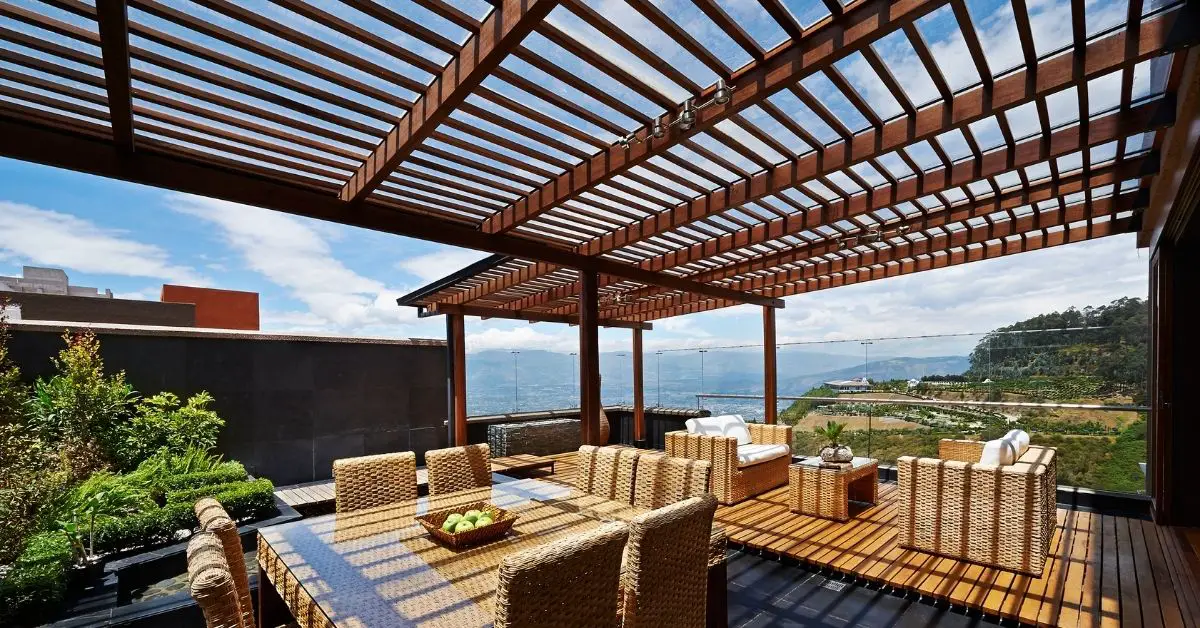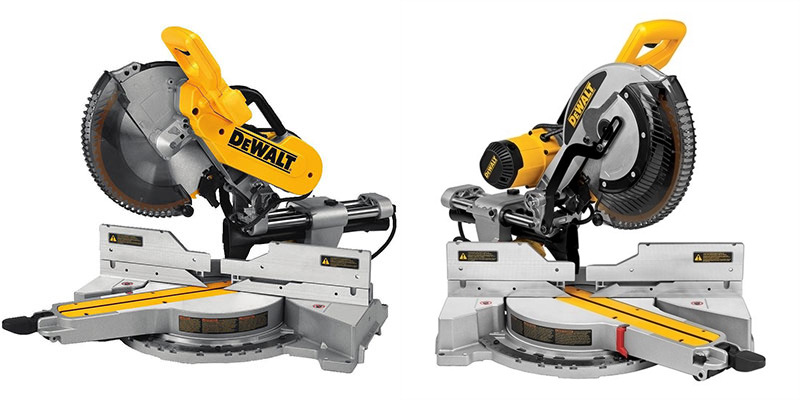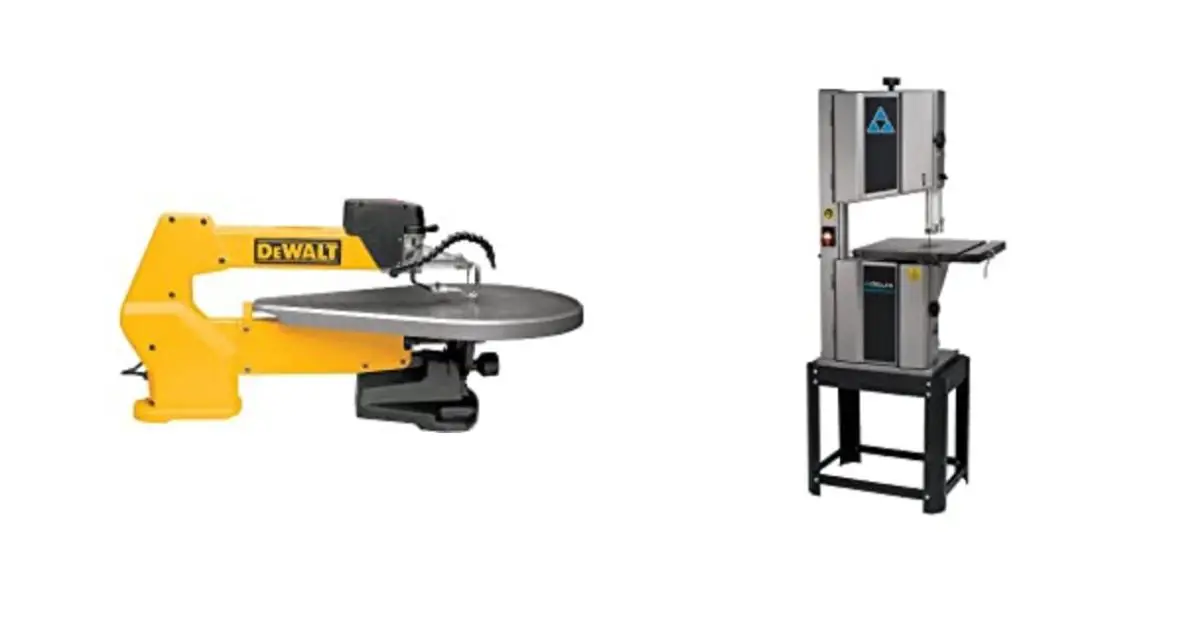Power Tools
Best Wood for Outdoor Pergola
There is something undeniably beautiful about a pavilion or pergola constructed from stylish hardwood. Nevertheless, unlike vinyl designs, there is a broad scope of wood options to pick from. Typically, Western Red Cedar is the most suitable option for your outdoor pergola and other structures. This is because it looks magnificent, ages decently, and has numerous practical benefits.
While this is the best choice, there is a wide array of options to choose from, with their unique appearances and upsides and some budget-friendly options.
Here they are:
Pressure-treated wood
As promised, here is a budget-friendly option. Also called PT wood, it is incredibly user-friendly versatile as it is suitable for many applications, and it is readily available; you can find it in any lumber yard or home improvement shop.
As the name suggests, this wood goes through a treatment procedure, making it more resilient to insects, rot, and decay, thus a durable option for outdoor uses like your gazebo or pergola. All the same, the chemical applied in Pressure Treated lumber can be highly toxic, which might not be what some people are looking for, especially if you have a pet.
While PT wood is extremely pocket-friendly, most people might not find it as good-looking as Western Red Cedar or Redwood. Usually, PT wood sports a blue or green tint; therefore, it is not generally seen as an excellent option for appearance items.
When building your pergola with Pressure Treated lumber, it would be helpful to stain it with the color you prefer for best results. And while this sounds like a good idea, it also translates to a more costly project with extra maintenance charges in the long run when it's time to seal and re-stain the lumber.
Ultimately, Pressure-treated timber is a good choice for your outdoor pergola. On the other hand, it might not be as affordable once you include the maintenance cost. In addition, the chemicals added to the wood could turn out to be harmful to you and your pet.
Redwood and Western Red Cedar
PT wood aside, Redwood and Western Red Cedar are the most popularly used woods for outdoor projects, including gazebos and pergolas.
WRC and Redwood are naturally attractive limber, and most of the time, they're lumped together. Then again, they are pretty different. For instance, regardless of being called "red," Redwood features a dark red-brown shade while Western Red Cedar has a yellow color.
Additionally, Redwood is available in a larger grade option, and it has a subtle grain than the more bucolic and noticeable grain of the Western Red Cedar. Both these woods are insect and rot-resistant; therefore, there is no need to stress about having harmful chemicals. What's more, they are both impressively durable, though Redwood is more robust than Western Red Cedar.
Nonetheless, depending on where you reside, you might find these options costly as their availability is limited and can, at times, be frustrating.
These woods are the ideal choice if you're looking to have a bucolic pergola with a more natural look. However, make sure you check the availability and price before deciding to use the Redwood and Western Red Cedarwoods.
Tropical hardwood
Tropical hardwood is the perfect choice for adamant wood lovers. It is an unmatched option for your outdoor pergola. Generally, tropical hardwoods are well known for being the ideal choice for outdoor projects, hence an excellent choice for your pergola. The most popular tropical hardwoods are rosewood, teak, mahogany, and Ipe.
Besides their magnificence, these woods are preferred due to their resistance to the elements and density. Janka ratings are directly linked to the thickness and hardness of a given piece of lumber. The harder the timber, the more resilient and robust it will be.
For instance, the PT Southern Yellow Pine has a Janka grade of 690 and 450 rating for Redwood. Again, Brazilian Walnut has a grading of more than 3500. Overall, tropical hardwoods have a Janka rating of 1500 or more, while most have a 2000 or more rating.
You might wonder why all pergolas are not made using tropical woods with all this information. It's mainly because tropical hardwoods are not readily available, eco-friendly, and are pretty expensive. These woods can be tricky to find, and once you find them, they tend to be very expensive.
A workpiece designed using tropical hardwood will be 2 to 3 times more costly than one made of Redwood. This price difference is even more significant compared to Pressure treated timber.
And while the price might not be an issue, tropical hardwoods are not eco-friendly, which is why some people who can afford it don't pick it. A wide range of these woods are not collected with trustworthy foresting practices, thus resulting in the grievous harm of some of the most valuable forests on earth.
Tropical hardwood trees take at least a few decades to grow; therefore, without reliable supervision and regrowth plans, these trees’ growth as a construction commodity could, in the long run, translate to the complete wipeout of these forests.
For this reason, even though tropical hardwoods provide unmatched sturdiness, the price, availability, and harm to them tend to significantly reduce their approval in terms of them being construction products.
Why You Should Trust Us
At Woodworking Tool Guide, we know one size doesn't fit all! We cater to every woodworker, from beginner to pro, with insights and recommendations tailored to your skill level, project needs, and budget. We take the guesswork out of choosing the right tools, whether you're tackling your first crafting a masterpiece for the ages. So grab your chisel, join our community, and let's build something amazing together!
Woodworking Tool Guide wasn't just born, it sprouted from a seed of passion for the craft. What started as a joyful exploration blossomed into a trusted online haven for fellow enthusiasts like you. We pour our love into meticulously chosen review selections, meticulous hands-on testing, and lab-backed insights, all to empower you with reliable, comprehensive information you can build on. So, grab your tools, trust our guidance, and let's build something beautiful together!
Passion-Driven Expertise
Our journey started with a shared love for woodworking. The team behind the Woodworking Tool Guide is comprised of individuals who are not just writers but passionate woodworkers themselves. This shared enthusiasm ensures that our content is crafted with a deep understanding of the craft and an authentic appreciation for quality tools.
Top Tool Guides Online
Woodworking Tool Guide has rapidly ascended to become one of the premier online destinations for tool guidance. Our commitment to excellence and the accuracy of our information has positioned us as a reliable source for both beginners and seasoned woodworkers seeking trustworthy advice on the best tools for their projects.
User-Centric Approach
Our content caters to every woodworker, from rookies just starting out to seasoned pros tackling intricate projects. We tailor our insights and recommendations to your skill level, project needs, and budget, ensuring you find the perfect tools to match your unique woodworking journey. So step into your workshop, grab your tool belt, and let Woodworking Tool Guide be your trusted companion as you craft your masterpieces.
Continuous Support and Innovation
Woodworking is an ever-evolving craft, and so is our commitment to supporting you. We are dedicated to bringing you the latest information on woodworking tools, techniques, and trends. Our team is actively working to expand our content and bring you more valuable insights, ensuring that you stay well-informed in your woodworking adventure.
Hands-On Experience
Ditch the endless research rabbit hole! At Woodworking Tool Guide, we believe in actionable advice, not armchair analysis. We get our hands dirty, putting every tool through its paces in real-world woodworking scenarios. Whether it's the precision of a table saw, the versatility of a router, or the tactile satisfaction of a handplane, we test for performance, durability, and user-friendliness. No more sifting through dry specs – we deliver practical insights you can trust to transform your woodworking dreams into reality.
Woodworking Tool Guide isn't just a review site, it's your trusted companion on the sawdust-filled path to woodworking mastery. Our expert team, led by veteran David Jones, meticulously tests and explains tools in terms you understand. We cut through the jargon, bias, and confusion with real-world insights and honest evaluations. Join our passionate community, where decades of experience, cutting-edge knowledge, and shared love for the craft come together to guide you every step of the way. So grab your chisel, buckle up, and let's embark on this exciting woodworking adventure, together!
Conclusion
The type of wood you go for to build your outdoor pergola determines the longevity of your workpiece, the maintenance necessary, and eventually, how much you will enjoy having it. Pick an option that balances attractiveness and durability for the best results. Again, don't forget to consider your budget.
For instance, Western Red Cedar and Redwood are expensive to purchase but require minimal maintenance. On the other hand, PT wood is affordable but requires costly maintenance.
All the same, all wood will wither after a few decades of exposure to the elements. If you want to increase your pergola's lifespan, consider using oil-based shielding to seal it. These are preservatives that will boost your workpiece's weather resistance. Lastly, treat it in the dry season, when there is less humidity and moisture, essentially, every 3 to 4 years.






